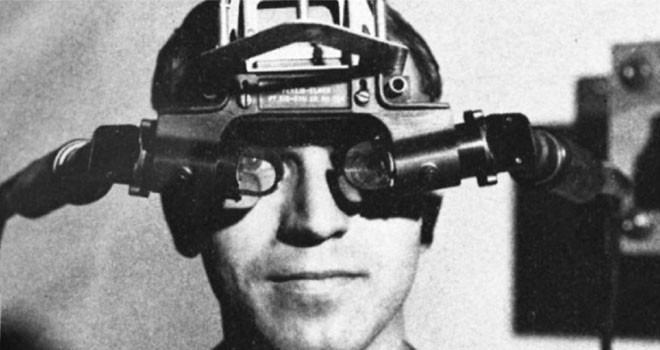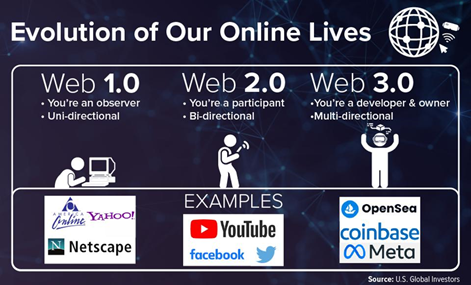In 1968, the first virtual reality headset was created. The “Sword of Damocles” displayed some very simple computer-generated graphics, but it would become the steppingstone to the fully-immersive technology we know today. Today’s virtual reality is blurring the lines between what is virtual and what is reality, hence the creation of the term “mixed reality.” As you navigate through Instagram and TikTok, you’ll find plenty of examples of virtual reality users getting lost in their current surroundings through falls, fails and crashes. And while these compilations can be amusing, it’s become a testament to how much technology has grown since 1968 and how easy it has become to get lost in this virtual environment.
The first reference to the actual term “metaverse” came in 1992 when Neal Stephenson wrote “Snow Crash,” a science-fiction novel based on avatars who interacted in realistic 3D buildings and other virtual reality environments. Many of the devices mentioned in Snow Crash coincide with today’s VR headsets and set the precursor for massively multiplayer online games (MMOs).
In 2003, Linden Lab created “Second Life,” an online virtual world where users could create avatars and roam freely in an open world. While Second Life may have been slightly ahead of its time due to low compute processing power, its 3D graphics, engaging environment and sense of community helped rocket it to more than 20 million registered users, with more than one million daily active users in its first decade. Second Life had its own economy, with the ability to purchase Linden Dollar virtual tokens (sound a little like cryptocurrency?) for in-platform transactions.
That’s great, but again… what IS it?
When you mix these three concepts, displays of innovation, virtual reality and a digital universe, it becomes a trifecta that forms the basic elements of the metaverse.





